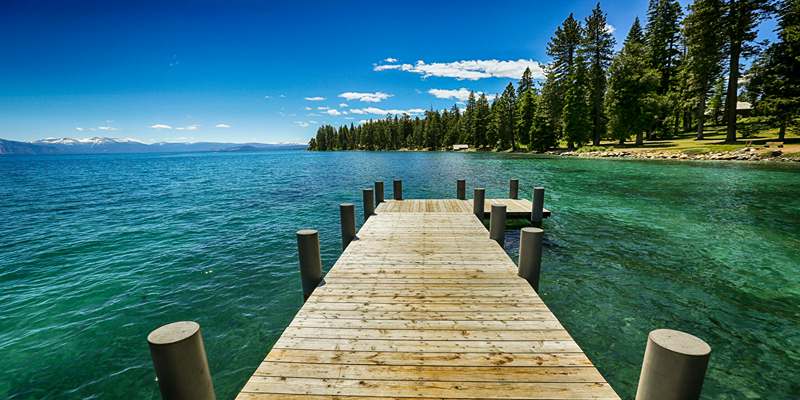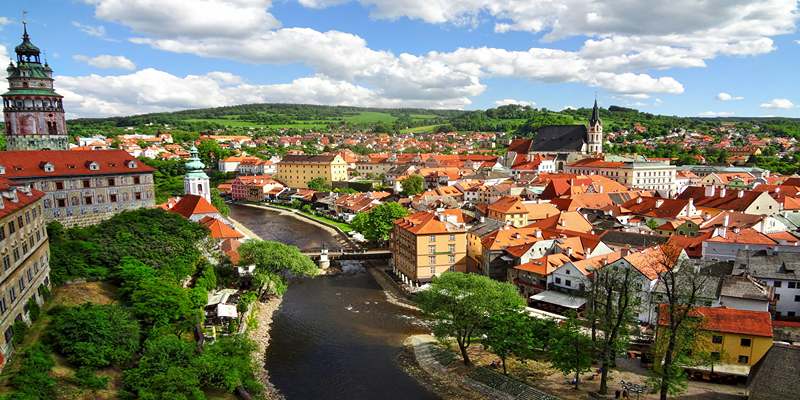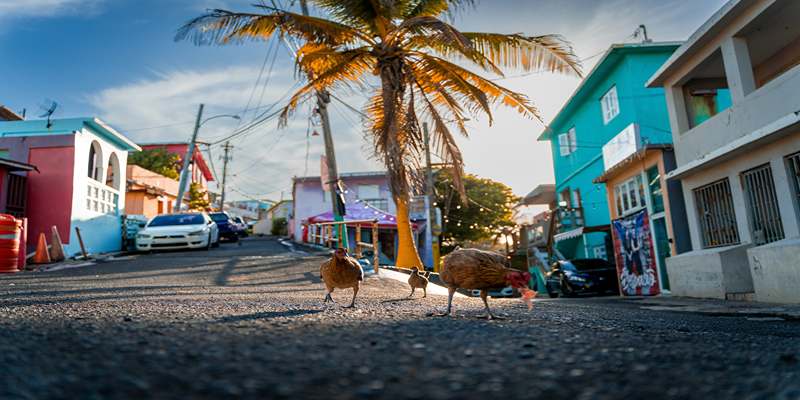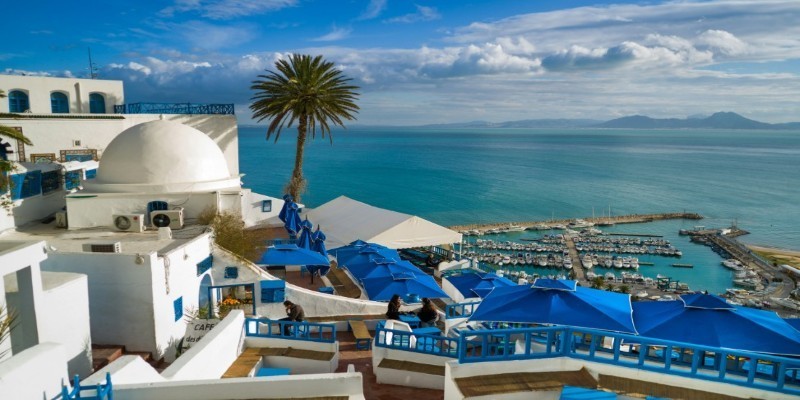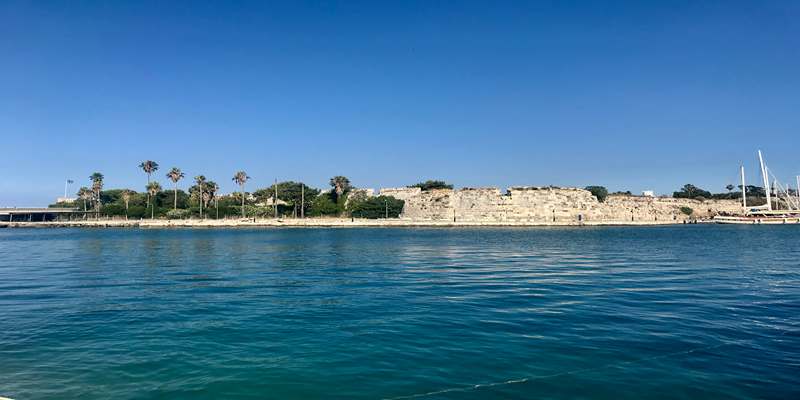When deciding to travel to Europe, it can be an eyebrow-raiser, but the experience of whether to be there at that time or otherwise is everything. Sometimes laced with sunny Mediterranean scenery and sometimes filled with Christmas markets, Europe is unique in each season. By knowing the various high, shoulder, and low seasons, you will know to plan according to what suits you weatherwise, crowd-wise, and culture-wise. No matter what you fantasize doing, whether it is sightseeing in Paris, hiking the Alps, or participating in festivals in Spain, you cannot go at the wrong time of the year and have anything less than a valuable experience. This Europe travel guide outlines the best time to visit Europe by season, interest, and region.
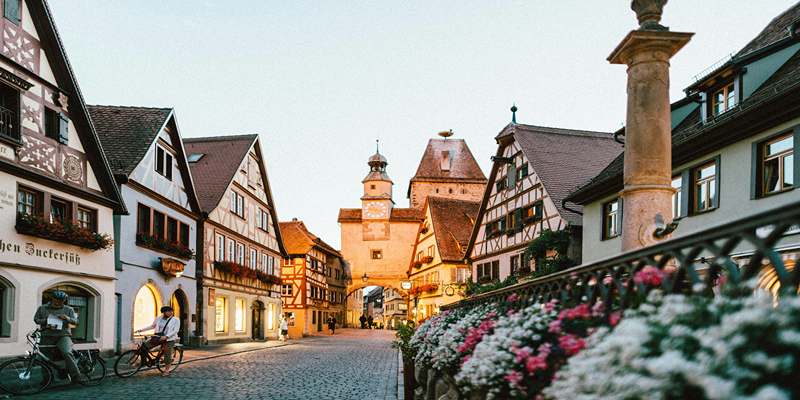
Understanding Europe Travel Seasons
High Season – Summer Travel
Europe has what are called the peak seasons when most people travel around the world, and this time is between June and August. Major cities and coastal regions are visited by millions of tourists during warm weather when days are long. It is the most perfect period to stay in Europe and enjoy the shore, open-air performances, and mainstream tourism in sunny weather. Nevertheless, you should pay more, and crowds will be bigger, particularly in more touristic destinations (Rome, Barcelona, Paris, etc.). It is also necessary to book hotels and attractions in advance. Summer is energetic and full of events, but not always a good choice in case a person wants to find peace and cheap propositions.
Shoulder Season – Spring and Fall
The shoulder seasons in Europe are spring (April to May) and fall (September to October). These months are a perfect combination of favorable weather and proportional tourists. Spring is a perfect time to visit if you are a first-time visitor because the gardens are in full bloom, the lines in museums are shorter, and prices are at a medium level. Equally, fall provides the visitors with picturesque scenery and a calmer environment in major tourist attractions. This is one of the best times to visit Europe, especially when you are in search of having cultural experiences and gorgeous scenery without the overbearing tendencies of summer crowds. It is also an excellent option for spending time in cities, vineyards, and rural properties without summer congestion.
Low Season – Winter Travel
The months of November to March are also an excellent season to travel in Europe for a budget traveler, as it is during winter and can be enjoyed in low tourist season when traveling expenses are also low because of low tourist footfalls. Although the attractions may be shut down, big cities such as London, Berlin, and Vienna take in winter with a lot of charm. Winter towns with a load of snow, small cafes, and winter celebrations are the attractions that help to find a special atmosphere. The northern latitudes, such as Scandinavia, also have the option of viewing the Northern Lights and snow sports. Unless you are afraid of low temperatures and daylight diminishment, the low season can be a pleasant experience, as a side of Europe is entirely uncovered by people, being both calm and magical.
Best Time to Visit Europe by Interest
For Sightseeing and Historic Attractions
For sightseeing in iconic cities like Rome, Paris, and Prague, the shoulder season is often ideal. The weather is generally comfortable for walking tours, and popular landmarks are less crowded. You can explore architectural wonders, museums, and historic neighborhoods with ease and enjoy shorter wait times. Spring and early fall allow for a rich cultural experience without extreme weather conditions. This europe travel guide recommends avoiding high summer for sightseeing unless you plan ahead and don’t mind sharing spaces with many others. Spring and fall also tend to offer more reasonable prices on accommodations and flights.
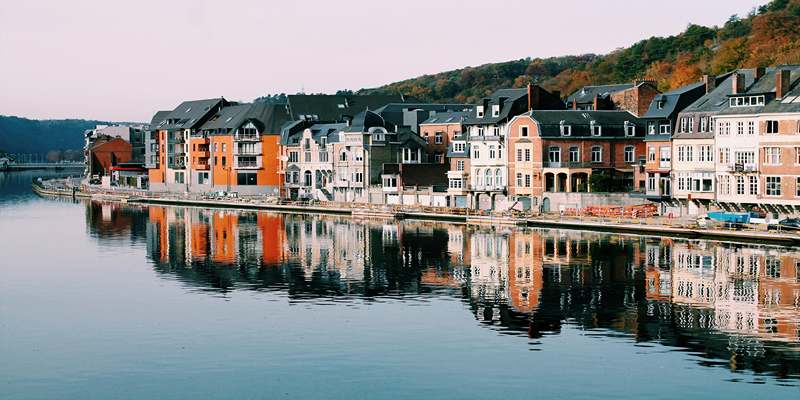
For Festivals and Local Events
Festivals are an essential part of Europe’s charm, and each season brings something special. Spring features Easter celebrations and flower festivals across countries like the Netherlands and Italy. Summer offers world-renowned music, film, and cultural festivals, especially in Spain, France, and Germany. Fall harvest festivals and traditional markets appear across Central Europe. Winter brings dazzling Christmas markets and New Year events. Planning your europe trip timing around these celebrations can provide a deeper cultural connection. However, festival dates can affect availability and pricing, so be sure to check local calendars in advance to book early and plan accordingly.
For Nature and Outdoor Activities
Europe’s natural beauty shines in different ways throughout the year. Spring is perfect for countryside hikes, tulip fields, and lakeside escapes. Summer is best for beach destinations, alpine trekking, and water sports in the Mediterranean. Fall showcases vibrant foliage in national parks across Germany, Austria, and the UK, ideal for scenic drives and wine tours. Winter is the season for snow sports in the Alps and viewing the Northern Lights in Nordic regions.
Regional Differences in Europe Trip Timing
Southern Europe – Mediterranean Climate
Countries like Spain, Italy, Portugal, and Greece are known for their warm climates and sunny days. Summer is vibrant but crowded and hot, especially in inland cities. Spring and fall are the best times to visit these countries, offering comfortable temperatures and fewer tourists. Coastal towns like Cinque Terre or Santorini are more enjoyable when explored at a relaxed pace. In winter, southern Europe remains milder than the north, though some resorts and tourist services may reduce operations.
Central and Western Europe – Year-Round Options
Central and Western Europe, including France, Germany, the Netherlands, and Switzerland, offer diverse experiences across all seasons. Spring and fall are ideal for exploring castles, cities, and cultural heritage. These regions experience all four seasons distinctly, so your europe trip timing should align with what you want to see. Summer is great for festivals and sightseeing, but prices and crowds surge. Winter is excellent for holiday markets, indoor museums, and alpine ski resorts.
Conclusion
Choosing the best time to visit Europe depends on your travel style, budget, and interests. Whether you seek sunny beaches, cultural festivals, or snowy adventures, understanding europe travel seasons helps you plan the perfect itinerary. Spring and fall are ideal for sightseeing and balanced experiences, while summer offers high energy and winter brings charm and savings. This europe travel guide shows that timing matters—knowing when and where to go ensures a smoother, more enjoyable journey. Use these europe trip timing tips to match your travel dreams with the season that suits them best.


